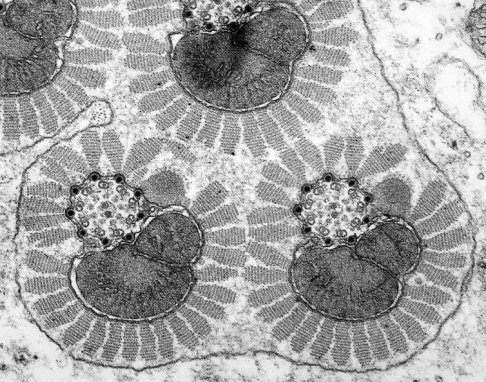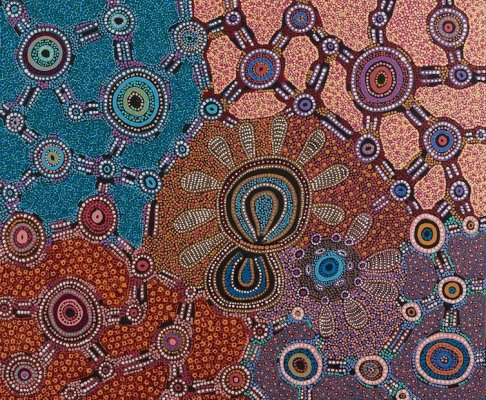Laron
QHHT & Past Life Regression
Staff member
Administrator
Creator of transients.info & The Roundtable
There’s similarities between microscopic images and indigenous art. Australia artist Jennifer Napaljarri Lewis’ painting is very similar to a micrograph of Moth sperm, as you can see with the images below. Her painting Witchetty Grub Dreaming is based around women collecting witchetty grubs, which can be eaten at all stages of their life cycle.
To find more comparisons, see this article over on The Conversation, https://theconversation.com/the-resonances-between-indigenous-art-and-images-captured-by-microscopes-105120.
There's a lot of aspects of nature that have similar patterns. Can you think of any? Perhaps striations in muscles vs striations in wood or rock layers. Or the patterns of treetops growth vs the patterns of land growth in how humans build on land, and the patterns of certain cells in the body.
To find more comparisons, see this article over on The Conversation, https://theconversation.com/the-resonances-between-indigenous-art-and-images-captured-by-microscopes-105120.
There's a lot of aspects of nature that have similar patterns. Can you think of any? Perhaps striations in muscles vs striations in wood or rock layers. Or the patterns of treetops growth vs the patterns of land growth in how humans build on land, and the patterns of certain cells in the body.



